|
CAN A FLOWER RECALL MEMORY?
I took this picture in Cerro Hoya national park in Panama. Cerro Hoya is the least visited and explored national park in Panama, and there are new interesting opportunities to explore. After 2 hours hike uphill inside the rainforest I discovered this beautiful and strange flower. I was with the Norwegian photographer Ole Bjørn Engen, whom I was guiding on a 3 weeks photo tour to various locations in Panama. It was his fourth tour with me in Panama, and he was a dream client. The tour was already a success when I picked him up at the airport. He arrived full of energy and ready for new photo explorations. Inside the rainforest the light can be a little shady and dim, so I wanted to try a creative approach to how I lit up the flower. I mounted the macro flash in front of the macro lens. The flash has 2 independent flashes, and they can be positioned and angled in various positions. When I exposed the frame I held one flash behind the leaf, giving me an interesting backlight, and the other flash was mounted on the lens, and that gave me the necessary front light. Whatever you are working on photographically, be naive and creative and try different angles and approaches to your photographs. Remember, there are no truths in creative work. Here is the equipment I used on this image: Canon EOS 5D mk2, Canon 180mm macro lens , Canon cable release, Canon MT-24ex macro flash, Gitzo carbon tripod with a ballhead, BH55, from Really Right Stuff. The camera settings was: ISO 800, f/29, 1/250 second shutterspeed. One thing is the image itself; another is the experience connected to the image. If you think photographically you must separate your own experiences from the photographs, because the viewer of your photographs does not have your experiences from the time you took the image. But your own experiences, in addition to your photographs, can be the engine and energy that drives you out in nature time and again to see and photograph the nature in your own way. We, who are into outdoor photography, have more than a technical approach to nature. We are being inspired by the great master; Nature itself. To be inspired means to be “in spirit”. If you are inspired by nature is it because your true frequency vibrates on the same level as the nature. That will inspire you for new tours and experiences. Ole Bjørn Engen died last summer. But when I look over the images I took on the tours I guided him, I go right back to the spirit from that trips, and all the jokes and experiences return as if I was back there. That gives me new motivation. Not necessarily to repeat earlier experiences, but to merge my frequency with nature, to be “in spirit”. Albert Einstein wrote: ”Match the frequency of the reality you want, and you can not help but get that reality.” Before you go out in the field try to match your frequency with the nature and what you want, and as Bob Proctor said it: “Have a mind that is open for everything, but attached to nothing.” To you success, Øyvind Martinsen Are you interested in experience and photograph in real exotic nature with a huge biodiversity?
We have someting for you! Our next photo tour in Panama is November 10-17! Read more in the tour program about this tour! Have a little taste by watching the video above! MASTER OF STILLNESS.
I was driving my car on the way home from a successful photo day at the Macanas wetlands in Panama. It was dark, and my friend Ole Bjørn Engen was with me. Far in the distance we saw a reflection in an eye. First we thought it was a rabbit or a nightjar. They are often seen roadside at nighttime. But as we got closer we saw something else. Ole Bjørn shouted “It’s a Cayman!” I stopped the car about 10 meters from the Cayman, and we hurried to find our big lenses and tripods. The car lights lighted up the Cayman, and we started shooting. I shot this image at ISO 200, f/8 and with 1-second exposure. I used my 600mm lens. Even though the shutterspeed was long, the image is tack sharp. The Cayman didn’t move a millimeter. The Cayman is a master of stillness. We nature photographers have something to learn from them. It has infinite patience, and good hunting and survival skills. The photo day is not over before you are at home in your bed. Always be prepared, and have your camera ready. Best regards Øyvind Martinsen On our photo tour to the cloud forest we are in the highlands of the western part of Panama. The tour starts on March 27 and ends on April 5.
The image shows the highest mountain in Panama, Volcan Baru, 3475 m. The climate is more fresh here than in the lower parts of Panama. We will stay in cabins at 2400 m, surrounded by lush cloudforest with many beautiful birds and other wildlife. Read more about the tour in the Tour Program. Best regards Øyvind Martinsen One of the most colourful and beautiful birds in Panama is the Keel-billed toucan, Ramphastos sulfuratus. Early in the morning in the rainforest I often hear the froglike sound krre-ek krre-ek krre-ek. The sound awakens my instincts, and when I hear the sound I know I am in the rainforest. It is a good feeling.
Sometimes they come close in for a good photograph. I took this shot through an opening in the rainforest with my 600mm lens. It posed a few minutes before it took off into the wilderness. We very often see the toucan on our rainforest tours (8 days and 13 days tours). Check out the tours in the photo tour program. Best regards Øyvind Martinsen A new day with new photo opportunities!
On our rainforest tours (8 days and 13 days) we use a boat several days to explore and get closer to the wildlife. Our groups are always small to provide every participant with good photographic opportunities. Read more about the photo tours in the tour program! Best regards Øyvind Martinsen On our cloudforest tour, March 27 to April 5, 2019, you can see the large leaves at the forest floor in La Amistad national park.
On the tour we stay in comfortable cabins at 2400 m. The climate is more fresh and cool than in the lower parts of Panama. Read more about the tour in the tour program! Best regards Øyvind Martinsen The northern tamandua anteater is one of the animals in the Panama rainforest. I photographed this one a few years ago in the rainforest. It appeared out of nothing, climbing slowly down from a tree.
I was ready with my 600mm lens, and I got this shot before it diseappeared into the dense rainforest again. This is what I like about the rainforests of Panama. You never know what you get, but you will get many various photographic possibilities. Read more about our rainforest tours in the Tour Program! Hoping to see you! Best regards Øyvind Martinsen The purple gallinule, Porphyrio martinica, is a common bird in marshes and at the edges of lakes and rivers in Panama.
One mistake photographers often make is not to photograph common wildlife. Photographically there is a lot to gain on working with common wildlife. You can photograph this bird on our rainforest tours (13 days and 8 days tours). The purple gallinule has amazing colours! Read more about the tours in the Tour Program. Best regards Øyvind Martinsen The leaf-cutter ants are worth a study. You can photograph these creatures on our rainforest tours in Panama (13 days and 8 days tours).
Bring your macro lens and come! The leaf-cutter ants bite off parts of the leaves, and then they carry it back to their house down in the ground, where the leaves convert into fungi, and the queen and the others can feed on it. Read more about the rainforest tours in the Tour Program! Best regards Øyvind Martinsen |
The blog
Here you can read news, notes and updates regarding our Photo Tours, Workshops, and our photography work. Archives
May 2025
Categories
All
|

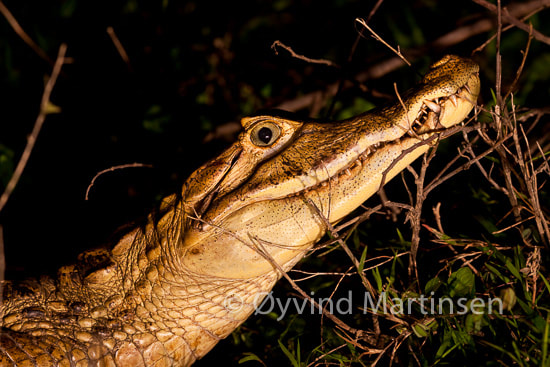
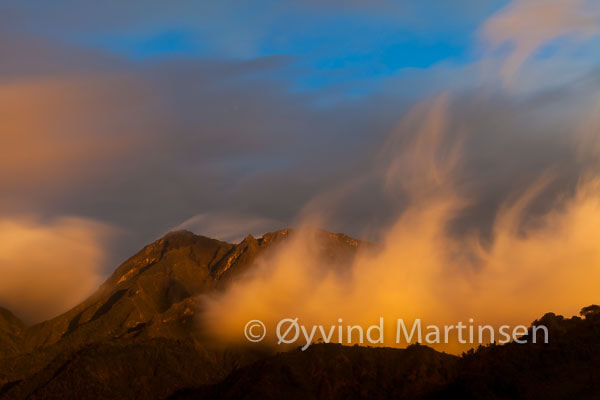
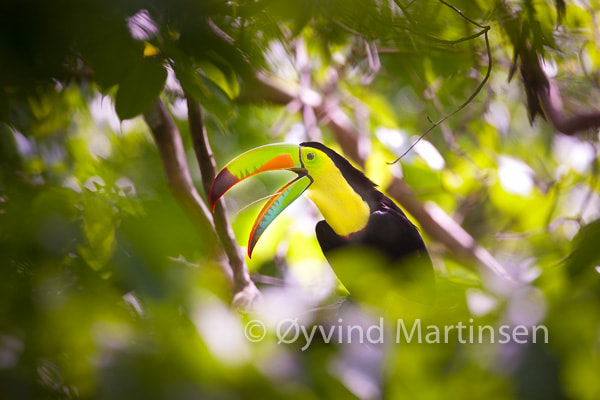
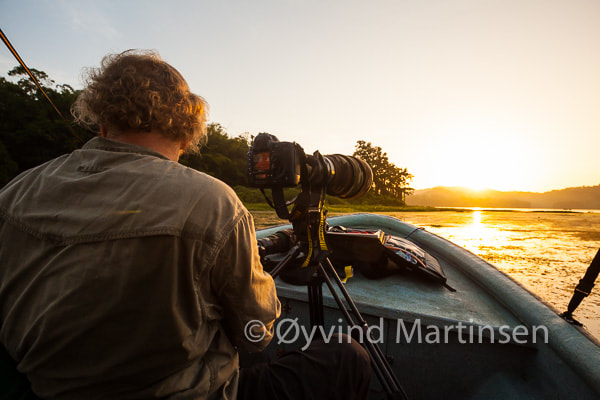
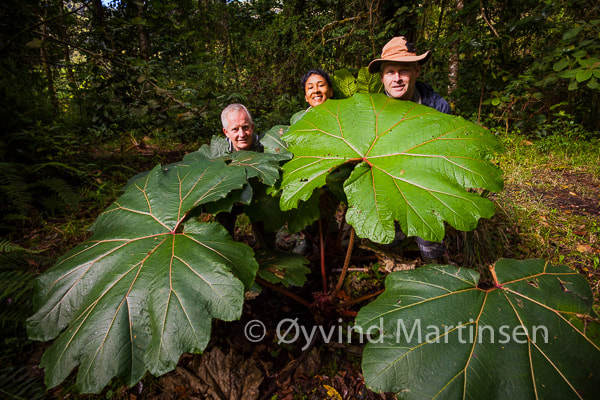



 RSS Feed
RSS Feed